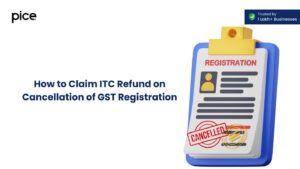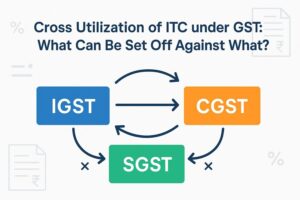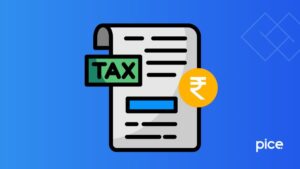What is Invoice QR Code: Meaning, Uses, and How to Verify?
- 11 Dec 24
- 7 mins
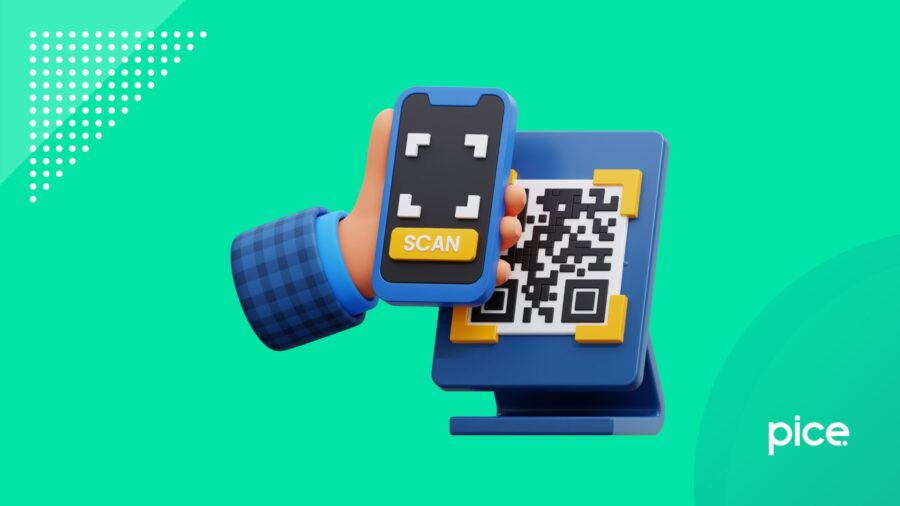
What is Invoice QR Code: Meaning, Uses, and How to Verify?
Key Takeaways
- QR codes in e-invoices ensure compliance, accuracy, and authenticity under GST regulations.
- All e-invoices must feature a digitally signed QR code to remain valid.
- QR codes store essential invoice details for quick and reliable access.
- Dynamic QR codes support payments, while static QR codes share fixed data.
- Scanning QR codes simplifies verification and enhances invoicing efficiency.
The e-invoicing system has transformed how businesses manage their reporting and invoicing processes. QR code is an essential feature of the e-invoicing framework, which increases the efficiency of e-invoices while ensuring business compliance with regulatory standards. The implementation of the QR code aims to facilitate a smooth flow of data between taxpayers, businesses, and the GSTIN.
In this blog, we will discuss the intricacies of invoice QR codes, their application, steps to verify them and more.
What Is a QR Code in an e-Invoice?
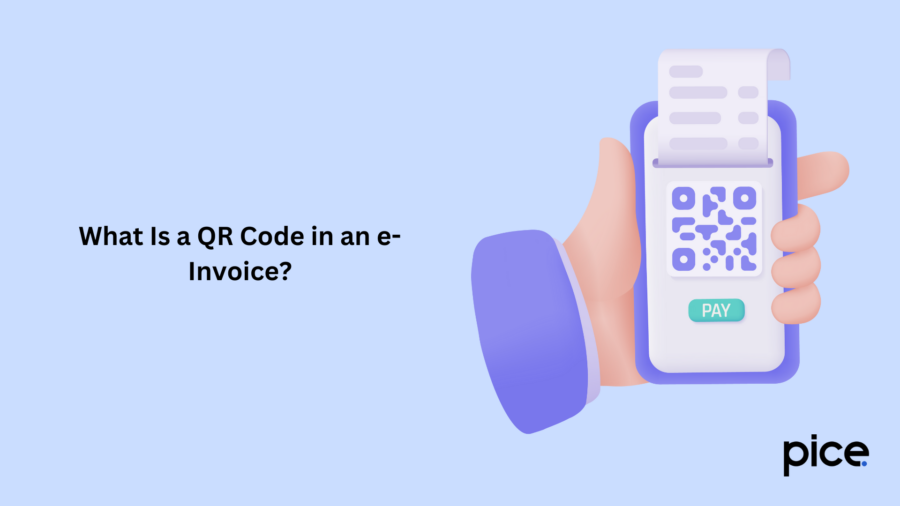
QR code or Quick Response code is a two-dimensional barcode that is designed in machine-readable format. It is necessary for all e-invoices to feature this code, digitally signed. E-invoices aim to ensure simple and convenient access to GST invoices by including this code.
QR code is also important for ensuring the validity and authenticity of e-invoices. Every time a taxpayer uploads their tax invoices to the official e-invoice portal or IRP (Integrated Reporting and Payment System), like Clear IRP or NIC for authentication and verification, different types of checks are performed by the IRP on the e-invoice details.
Upon seamless and accurate e-invoice verification, IRP confirms it with a digital signature. After this, as an e-invoice, it is returned along with a signed QR code and the IRN (Invoice Reference Number).
When an invoice is being shared with the buyer, it is necessary to include the QR code and print it on the e-invoice. Failing to comply with the regulations or not including them can lead to rendering the e-invoice and the e-way bill invalid.
Purpose of QR Code
In the e-invoice ecosystem, the QR code provides details about a specific invoice quickly, without having to retrieve those details from an external source like the internet. Here are some important reasons why a QR code is needed:
- A QR code will help indirect tax officials determine the validity of an invoice by checking if it consists of all the important particulars.
- QR codes help in better conduct of commerce by using machines for the purpose of capturing data in invoices, and in turn, increases efficiency. This also decreases the time taken and increases the accuracy of the input.
- Once the supplier is assigned the QR code and receives the e-invoice, he is required to use the QR code for the successful generation of a PDF of the signed e-invoice.
Information Contained Within the QR Code
The QR code contains the following essential information:
- Supplier’s GSTIN
- Recipient’s GSTIN
- The invoice number provided by the supplier
- Date of generation of invoice
- Number of line items
- Invoice value
- Main item’s HSN Code
- Hash/ Unique Invoice Reference Number
Which Are the Documents to Which the QR Code Applies?
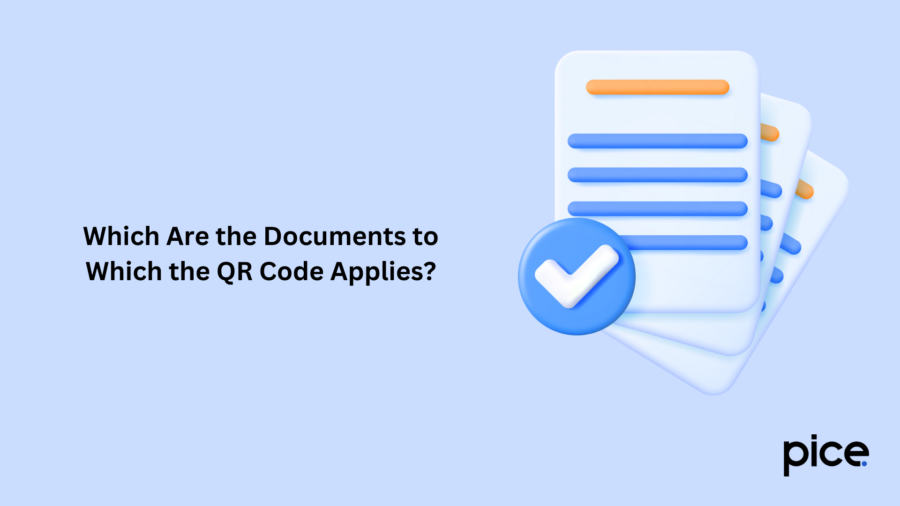
From 1st October, 2020, e-invoicing was made mandatory for taxpayers with an aggregate turnover exceeding ₹500 crore in a financial year from 2017-18.
From 1st January, 2021, this law was also extended to businesses whose annual turnover exceeds ₹100 crore in a previous year, from 2017-18. In the following phase, the e-invoice applicability was also extended to businesses with more than ₹20 crore turnover, effective from April 2022.
The e-invoicing is also applicable for businesses with more than ₹10 crore turnover W.E.F 1st October, 2022. From August 2023, e-invoicing is also applicable for businesses with a turnover exceeding ₹5 crore.
Therefore, every taxpayer needs to issue an invoice under the system of e-invoicing for credit notes, debit notes and B2B tax invoices.
Additionally, you need to issue tax invoices in cases of RCM supplies and exports. Therefore, a QR code is applicable.
Types of e-Invoice QR Codes
The two types of e-invoice QR codes are:
- Dynamic QR Codes: Dynamic QR codes promote digital payments and digitalisation. These codes are flexible and are editable and trackable.
- Static QR Codes: Static QR codes are more commonly used. These QR codes consist of fixed information and are not flexible.
Uses of e-Invoice QR Codes
The two primary uses of e-invoice QR codes are:
- Streamlining Accounting: E-invoicing QR codes covers all the essential information of an invoice like the name of the supplier, number of line items, etc. When you scan the code, it imports the information directly to the accounting software. This leads to a significant reduction in manual errors and as a result, streamlines the accounting process.
- Facilitating Payments: QR codes have facilitated the payment process. There are some QR codes which consist of a direct payment link gateway. Once you scan the code, it will redirect you to the payment page. You need to enter the necessary amount to make the payment.
How to Verify E-Invoice QR Code?
Verification of an e-invoice QR code is essential to ensure accuracy, authenticity, and compliance with the regulations. Here are some steps to verify the e-invoice QR code:
- Scan the e-invoice QR code with your e-invoice scanner on your mobile phone or other system.
- Once you scan, the screen will display all the information that the QR code contains. Using software makes it easier to determine the accuracy of the invoice.
- Once it is successfully verified, you need to sign the invoice. You can do so either by manually signing it or using software for verification.
Conclusion
Under the GST e-invoice system, invoice QR codes have streamlined the process of invoicing by increasing security, transparency, and efficiency. Additionally, these QR codes facilitate quicker payments, simplify the process of accounting, and verify the authenticity of invoices.
Having knowledge about the e-invoice verification process is also crucial to determine if the invoice is genuine or not.
💡If you want to streamline your payment and make GST payments, consider using the PICE App. Explore the PICE App today and take your business to new heights.
 By
By 






